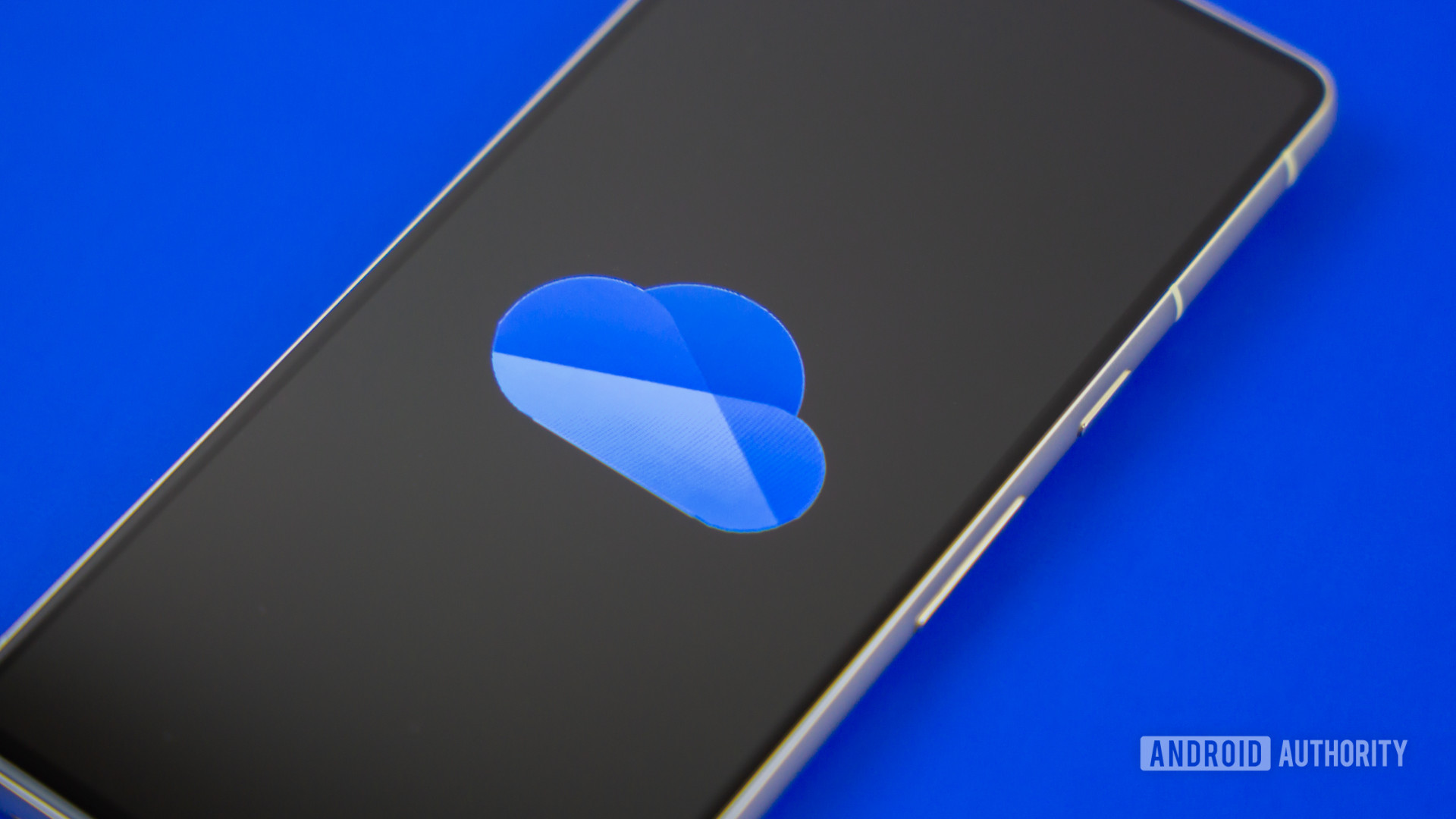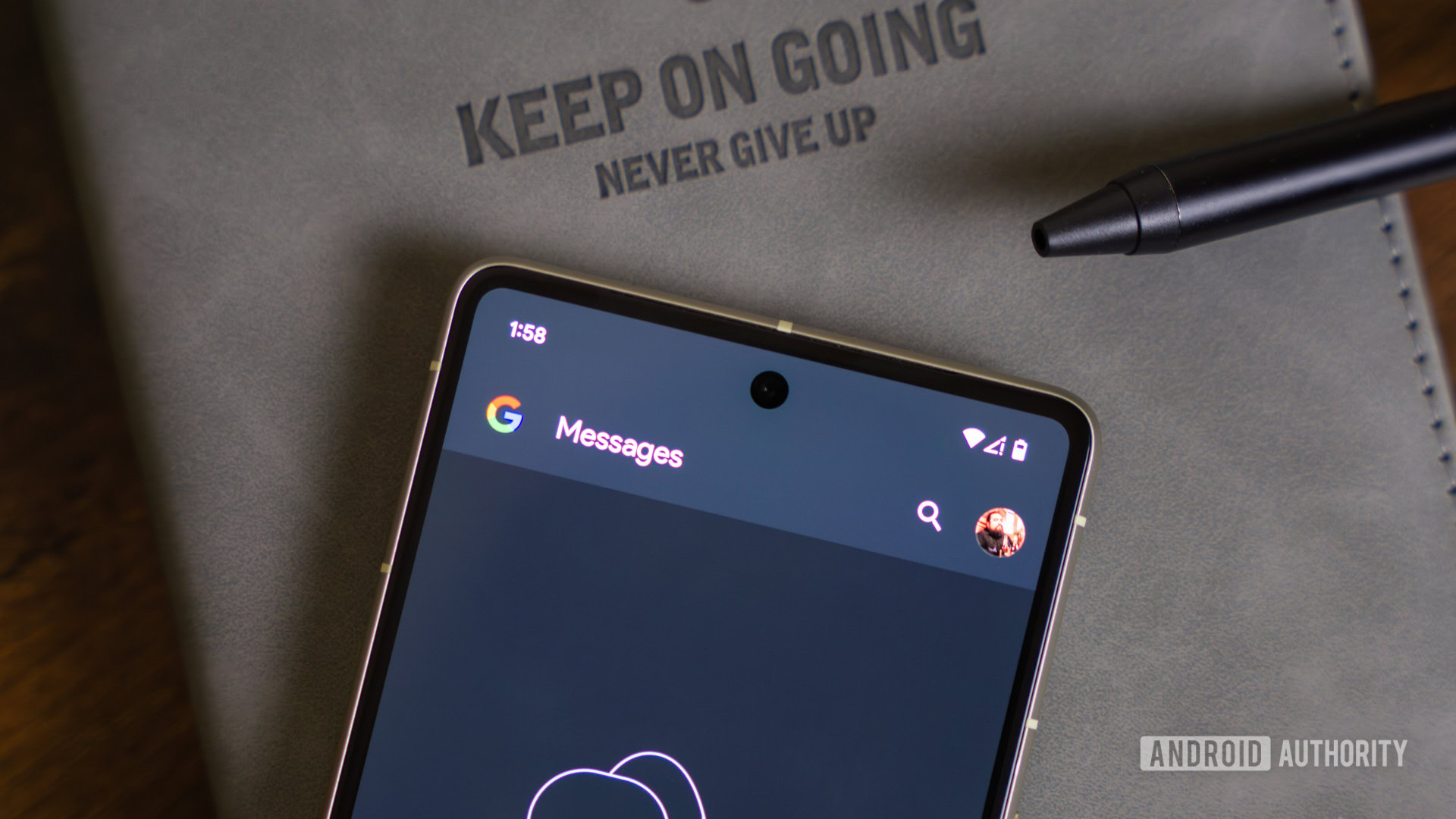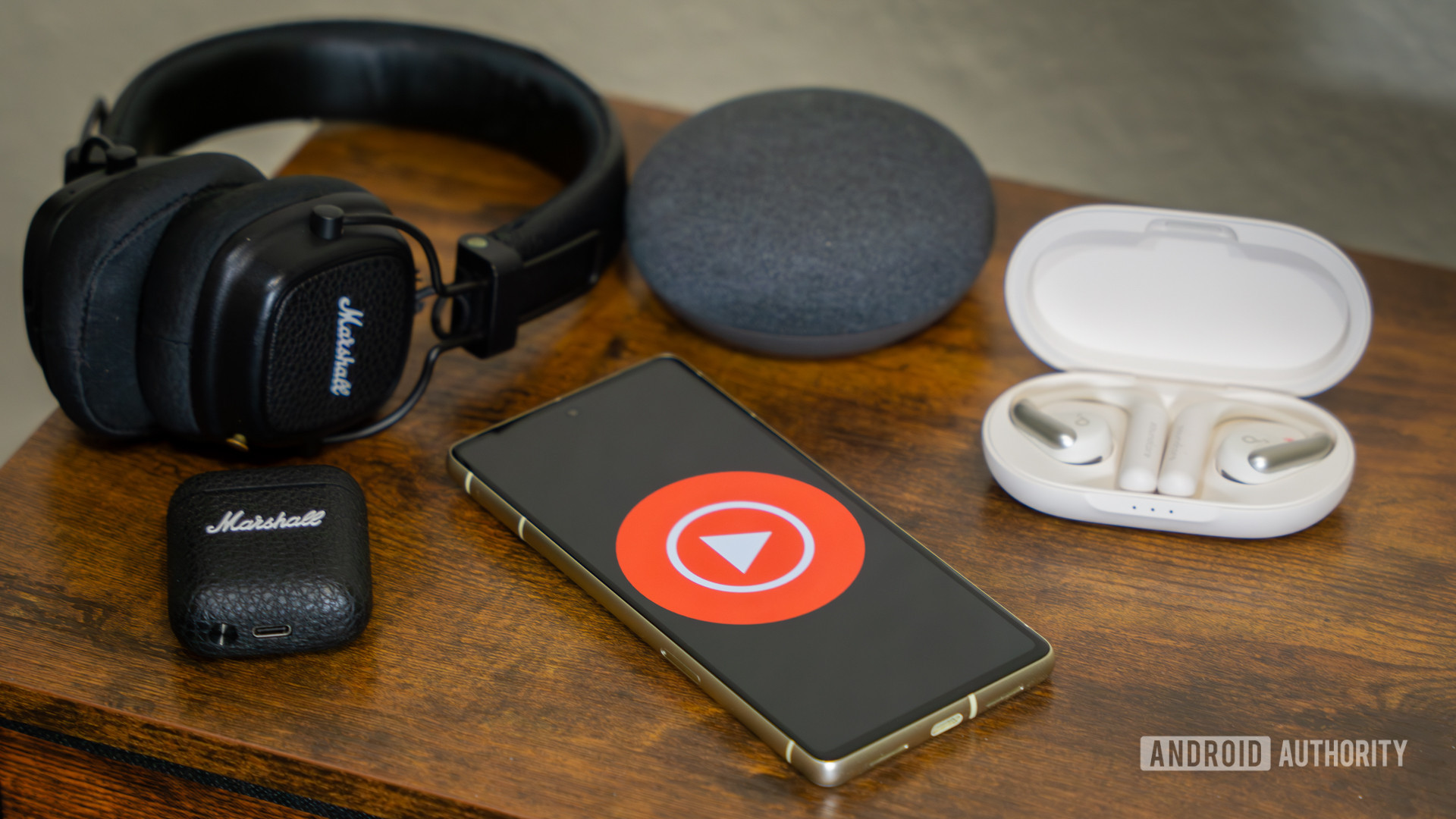Affiliate links on Android Authority may earn us a commission. Learn more.
How to backup your Android phone to the cloud
Phones are great, but it’s what they hold that makes them so important for our work, hobbies, and personal matters. All that precious data is worth much more than any hardware, which is why creating a backup can protect your data from lost smartphones, damaged devices, pickpockets, or even accidental deletions. One of the best ways to keep your files safe is to backup your Android phone to the cloud.
Why should you backup your Android phone to the cloud?
A cloud backup is a copy of your files that’s stored online. Your files will live in servers and become accessible from any device, as long as you have an internet connection. Why backup your Android phone to the cloud? While local backups are great, maintaining a cloud backup is also a good idea. For starters, it makes it infinitely easier to switch to a new device. All your data is right where you left it. Lost a phone? Sign in with your credentials, wait for it to sync, and continue using your new device as usual.
Additionally, hard drives are prone to failure. It isn’t a matter of if, but when your hard drive will die. A good backup strategy always includes an off-site copy; for most consumers, a cloud backup is an excellent alternative to running your own data center.
QUICK ANSWER
The simplest way to backup your Android phone to the cloud is by using the Google One backup services. Go to Settings > System > Backup and toggle on Backup by Google One. Go into the Google Account data option and toggle on everything you want to be synced.
JUMP TO KEY SECTIONS
Editor’s note: Some of the steps in this article were put together using a Google Pixel 7 running Android 14. Steps might be different depending on your hardware and software.
Backing up to your Google Account

Signing into your Google account is one of the first things you do while setting up your Android phone. If you’ve got your account signed in, the OS will backup your Android phone settings and enable synchronization for contacts, bookmarks, passwords, and more by default. If you use Chrome as the main browser on your computer, you will also find all your bookmarks and passwords up to date on your phone — nothing else to do here.
Check if your Google account is syncing:
- Open the Settings app.
- Go into System.
- Tap on Backup.
- Toggle on Backup by Google One.
- Also, go into Google Account data and toggle on everything you want to be synced.
Upload your images to Google Photos
Next up are your images. Cameras have become the most significant differentiating factor when buying a new phone, and keeping pictures safely backed up is just as important. As it turns out, Google Photos is perhaps the best photo backup service. There are two options available here. You can either pick “Storage saver,” which compresses your images, or go with “Original quality,” which leaves them at full resolution.
Google’s compression quality is excellent, and most users will rarely notice a difference between the compressed and uncompressed versions. In fact, if you don’t usually blow up your images on a big screen or print them in large format, high-quality uploads should suffice. There’s one thing to keep in mind: Google Photos ended its free unlimited high-quality upload offer starting June 1st, 2021. From then on, all new content counts towards your Google One storage limit. Google Photos backups are no longer free unless you can live with the 15GB you get from Google at no cost.
That said, the 100GB storage plan is the cheapest available, and only costs $2 per month. You can sign up for a paid Google One plan here.
How to turn on Google Photos sync:
- Launch the Google Photos app.
- Tap on your Profile icon in the top-right corner.
- Select Photos settings.
- Hit Backup.
- Toggle on Backup.
- From here, you can also select the Backup quality, Mobile data usage, and Back up device folders settings.
Do I have other options to backup photos to the cloud?
If you don’t want to backup your Android phone to Google’s servers, more than a few options are available. Google Photos might be one of the most straightforward photo backup services around, but it doesn’t necessarily offer granular control over how you organize your files and images.
If you subscribe to Amazon Prime, you can access unlimited photo backups in original quality using the Amazon Photos app. This is a fantastic deal if you are already subscribed to the service. Otherwise, 100GB of storage on Amazon Drive costs $20 per year or $2 per month, which isn’t too bad for the peace of mind that comes with securing all your images.
Elsewhere, OneDrive is an excellent option to backup your Android phone photos as well. If you subscribe to Microsoft 365 Personal, Microsoft bundles in 1TB of cloud storage. The free plan only has 5GB of storage space. The OneDrive app can automatically backup all your pictures and videos to the cloud.

You can also look at more conventional photo storage solutions like Smugmug and Flickr. Both services are geared toward photographers. As such, these offer advanced features like a dedicated website to showcase your images, statistics for views, and even options to print your pictures. Apps for both services allow you to automatically backup photos to a pre-selected album, making it easy enough to find a cloud-based home for all your photographs. Smugmug prices start at $31 per month, with unlimited storage, while Flickr Pro starts at $9.50 a month. Since both services offer free trials, you can give them both a shot to see which one works out better for you, and if you sign up for a longer duration, there are better deals to be had.
Additionally, some cloud services offer more free cloud storage space than usual. For example, both Mega and Degoo have a higher 20GB limit for free users. If you feel that’s enough for you, you might not even have to pay anything!
Backing up messages to the cloud

While your device will automatically backup your Android phone SMS messages if you’ve turned on Backup by Google One, several apps claim to do it better.
SMS Organizer can sort out your messages and ensure that spam and promotional messages stay tucked away in a corner. It is clever enough to sort out bank receipts and credit card statements in separate tabs so that you can quickly look those up when needed. Finally, yes, it backs up all your messages to Google Drive and lets you easily sync those messages back whenever you want. I’ve been using the app for years and can vouch for it. It just works.
Another option is SMS Backup & Restore. This app has many features, such as the ability to backup to cloud storage services, send backup files to your email, automatically restore backups on new phones, more granular control over what gets backed up, searching for backups, and more.
With the sheer number of options available, there’s really no reason not to backup your phone to the cloud. Even if you prefer local backups, there’s no harm in maintaining a secondary backup. Setting up takes a few minutes and ensures your data is secure if you lose your phone.
How to backup music to the cloud

Google also has great ways to backup your music to the cloud. Of course, you can use Google Drive to store your music files. You can also upload to your YouTube Music account and use the official app to store up to 100,000 songs. That is a lot of music, and the good news is that YouTube Music uploads don’t count towards your Google One storage.
How to upload songs to YouTube Music:
- Using any browser, go to music.youtube.com.
- Click on your Profile icon.
- Select Upload music.
- Highlight your files and hit Open.
You can now play your music at Library > Songs > Uploads.
Internet-connected hard drives
We’ve been showing you how to backup your Android phone to the cloud, but the truth is there are also benefits to owning your data and storing it in your very own hardware. NAS (Network Attached Storage) hard drives offer the best of both worlds. You can use them to store and backup your Android phone (or any other device) locally, but they’re also connected to the internet. This means you can access those locally stored files from anywhere, as long as you have an internet connection.
There are multiple options, but we think the most consumer-friendly ones are Western Digital’s My Cloud Home drives. These can be pricey, but look very nice, and are super easy to use, thanks to a friendly app. Of course, there are other options out there, too. This includes internal ones, just in case you don’t like external drives.
FAQs
It depends on the service you are using. In the case of Google One, the service offers 15GB of free storage. You can pay for more, and prices start at $2 per month for 100GB.
High-quality photo uploads used to be free, but all uploaded photos now count towards your Google One storage allowance. In summary, it’s free if you don’t exceed your cloud storage limit. Google offers 15GB of free cloud storage, which is shared with other Google services.
YouTube Music allows you to upload up to 100,000 songs, whether you’re a paid subscriber or not.
Each cloud storage service has its own inactivity rules. In the case of Google’s services, the company may delete your files if you don’t use the service for over two years.
Are you looking for other ways to keep your files stored? We have a more comprehensive and general guide on backing up everything you have on your device. This one includes both cloud and local solutions.